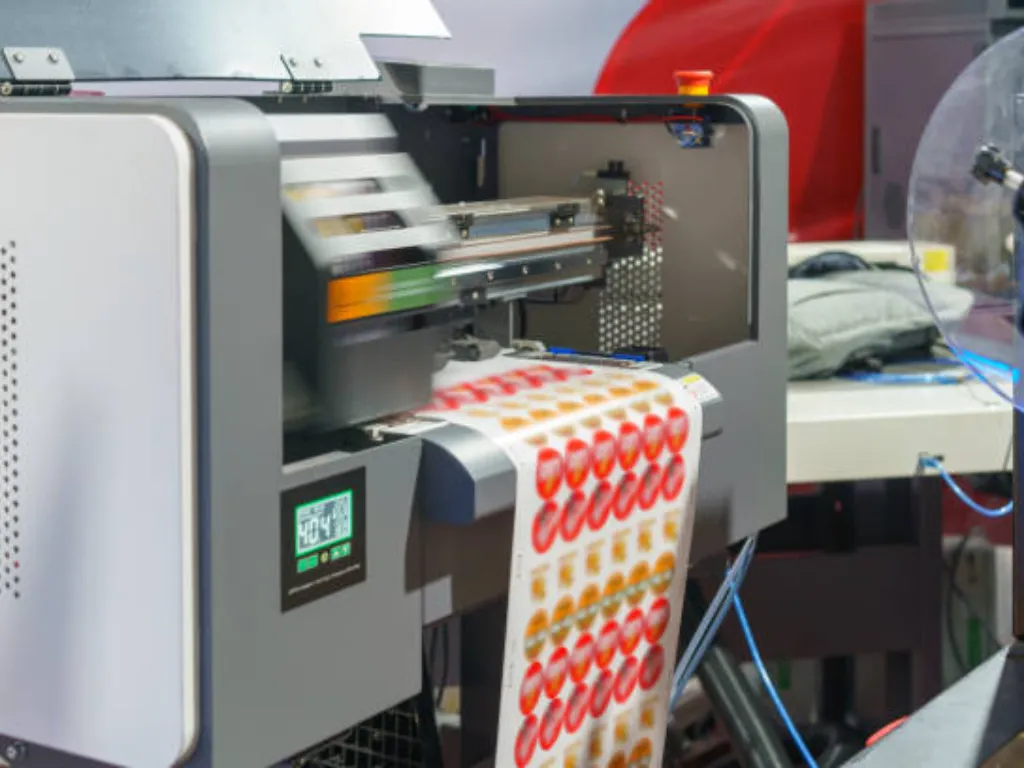The carbon footprint of flexo presses is a crucial topic in today’s environmentally conscious world. As industries strive to reduce their environmental impact, understanding the carbon footprint of various technologies, including flexo presses, becomes essential. Flexographic printing, a popular method for its efficiency and versatility, is under scrutiny for its environmental impact. In this article, we will explore the factors contributing to the carbon footprint of flexo presses and discuss strategies to minimize it.

Understanding Flexographic Printing
Flexographic printing, or flexo printing, is a technique that uses flexible relief plates to transfer ink onto various substrates. It is widely used for packaging, labels, and other products due to its speed and cost-effectiveness. However, the carbon footprint associated with the production and operation of flexo presses cannot be overlooked.
Components of the Carbon Footprint
The carbon footprint of flexo presses is influenced by several factors. These include the energy consumed during operation, the materials used in the printing process, and the emissions produced throughout the lifecycle of the equipment. Each of these components contributes to the overall environmental impact.
Energy Consumption
One of the primary contributors to the carbon footprint of flexo presses is energy consumption. The operation of presses requires electricity, which, depending on the source, may result in significant carbon emissions. Implementing energy-efficient technologies and practices can help reduce this impact.
Materials and Waste
The materials used in flexographic printing, such as inks and substrates, also play a role in the carbon footprint. The production and disposal of these materials can generate emissions. Adopting sustainable materials and reducing waste through recycling and efficient production can mitigate this aspect.
Emissions from Production
The manufacturing process of flexo presses itself is a source of emissions. From the extraction of raw materials to the assembly of the machinery, each step has an environmental impact. Manufacturers are increasingly focusing on sustainable production methods to minimize these emissions.
Strategies for Reducing the Carbon Footprint
Reducing the carbon footprint of flexo presses involves a multi-faceted approach. By adopting energy-efficient technologies, using sustainable materials, and optimizing production processes, companies can significantly lower their environmental impact.
Energy-Efficient Technologies
Investing in energy-efficient technologies is one of the most effective ways to reduce the carbon footprint. This includes using presses with energy-saving features, optimizing machine settings, and incorporating renewable energy sources into operations.
Sustainable Materials
Switching to sustainable materials, such as biodegradable inks and recyclable substrates, can greatly reduce the environmental impact. Additionally, implementing a closed-loop system for material use can further enhance sustainability.
Process Optimization
Optimizing production processes to reduce waste and improve efficiency is essential. This can include regular maintenance of equipment, training staff on best practices, and investing in technology that minimizes material waste.
Case Studies and Success Stories
Several companies have successfully reduced the carbon footprint of their flexo presses. For instance, by switching to water-based inks and using recycled materials, businesses have not only decreased emissions but also improved their market competitiveness.
The Future of Flexo Printing
The future of flexographic printing lies in sustainability. As the demand for eco-friendly products grows, companies must continue to innovate and adopt practices that minimize environmental impact. The integration of digital technologies and sustainable practices will be key to the industry’s evolution.
Conclusion
Understanding and reducing the carbon footprint of flexo presses is not only an environmental responsibility but also a business opportunity. By taking proactive steps, companies can lead the way in sustainable printing and contribute to a healthier planet.

FAQs
What is a carbon footprint?
A carbon footprint measures the total greenhouse gas emissions caused directly and indirectly by an individual, organization, event, or product.
How can flexo printing companies reduce emissions?
Companies can reduce emissions by adopting energy-efficient technologies, using sustainable materials, and optimizing production processes.
Why is reducing the carbon footprint important?
Reducing the carbon footprint is crucial to mitigating climate change, conserving resources, and ensuring a sustainable future for the planet.






